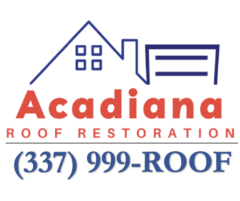March 20, 2020
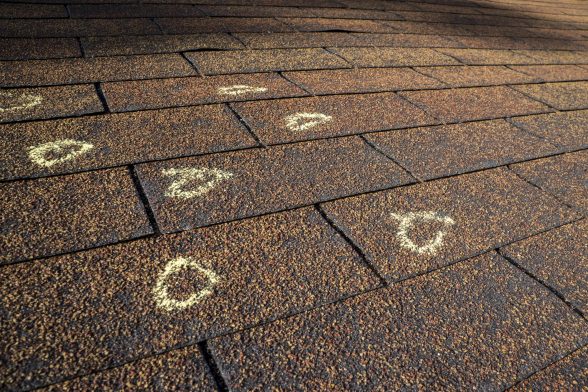
Your roof is what keeps you safe and dry from the elements. However, your roof can easily become damaged in severe weather conditions, including hail storms. Identifying this damage isn’t always easy and often goes unnoticed until it’s too late. Learning the key signs of hail damage on asphalt shingles can help you fix the problem before it gets worse. Take a look at the top three signs of hail damage to shingles.
Missing Granules
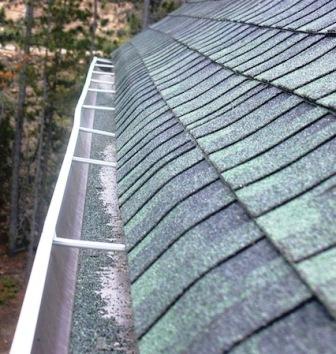
Granules can become loose and fall off for a number of reasons. However, if you notice a lot of granules in your downspouts or gutters after a hail storm, you could have hail damage on your asphalt shingles. It’s a good idea to climb up on your roof and carefully inspect your shingles for missing granules. If you see exposed roofing felt or plywood sheathing, you definitely have hail damage.
Additionally, you’ll want to pay attention to the wind direction of the storm. Your shingles will show the most signs of damage in the direction of the hail.
Cracked Shingles
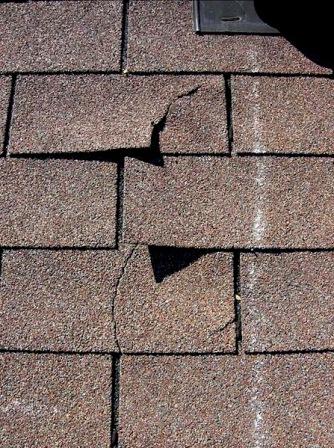
Once granules have become loose, shingles become weak and brittle. During a hailstorm, these weakened shingles can crack or curl. Identifying cracks in your shingles is fairly straightforward. As you’re inspecting your roof, look for any shingles that have obvious cracks or curls in them. You may need to run your hand over some of your shingles to identify a crack. While other factors can cause cracks in your shingles, cracks are a common sign of hail damage on asphalt shingles.
Bruised or Dented Shingles
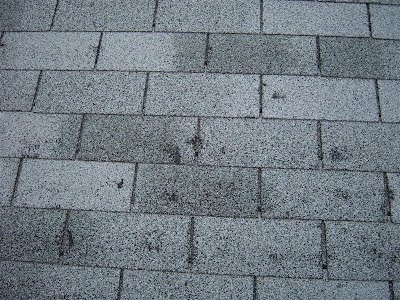
Bruises are a common sign of hail damage to shingles. However, finding bruises in shingles is not easy. Oftentimes, finding bruises can only be done by touch. You’ll know a shingle is bruised because it will feel soft—like an apple that has been bruised. Once you’ve found a bruise, press down on it gently to see if there’s any give. If the shingle gives way, it’s a key indicator that it’s started to deteriorate.
Dented shingles or small round or tear-shaped dents in your gutters, downspouts, or metal flashing are a common sign of hail damage. You’ll also want to look for pitted spots where hail impacted the roof.
Repairing Hail Damage to Shingles
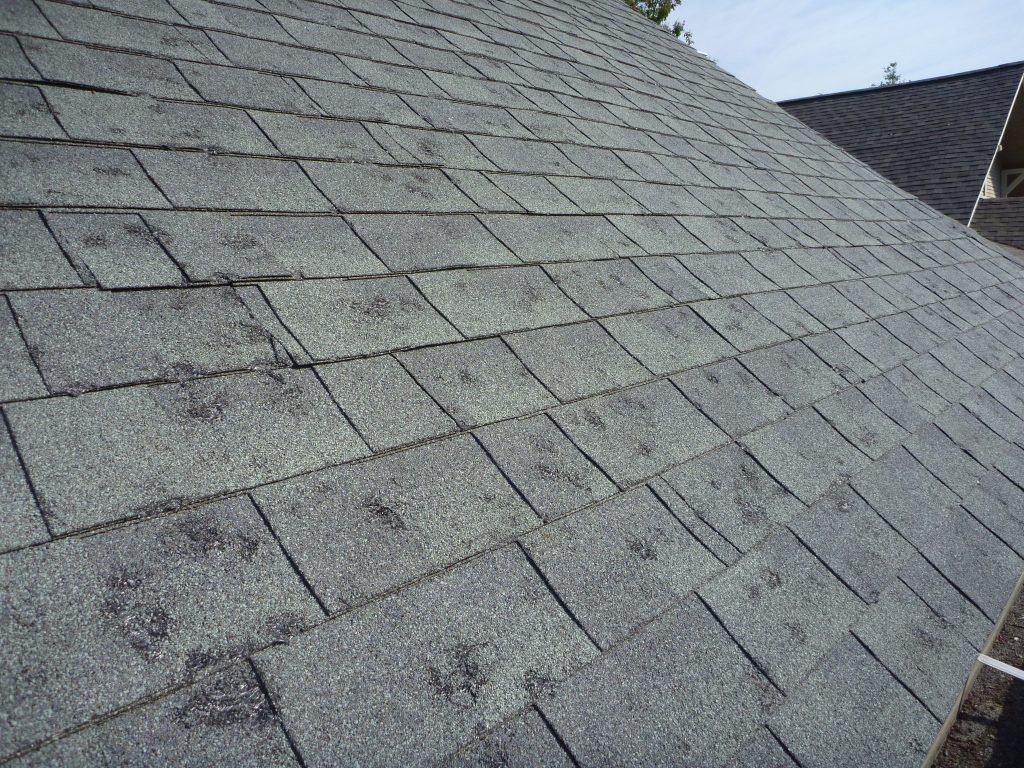
While some hail damage may be cosmetic, other hail damage can lead to even bigger issues. Damaged or broken shingles are no longer waterproof and can’t keep water out of your home. Water can easily seep into the underlayment or decking beneath your shingles. Once this happens, your home is extremely vulnerable to leaks.
Strengthen Your Shingles with Roof Maxx
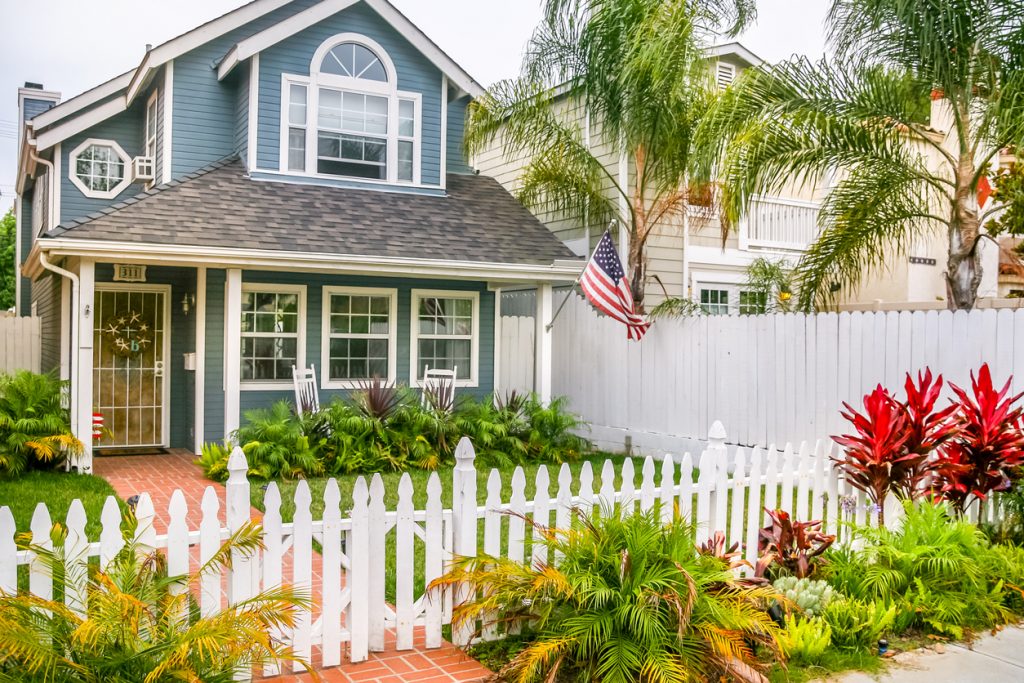
If you think you have hail damage, contact an expert at Roof Maxx. We’ve created a roofing spray that rejuvenates your shingles and provides them with the durability they need to withstand hail.
Have questions about us, our prices, or our services? Visit our FAQ page.
